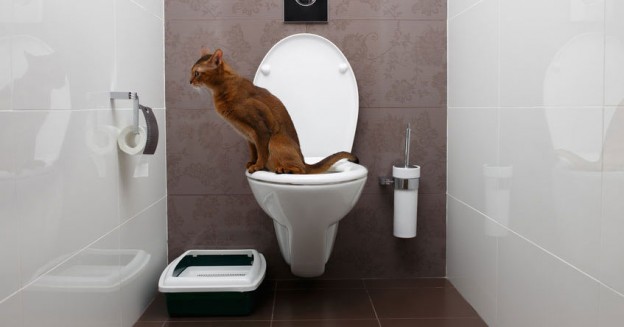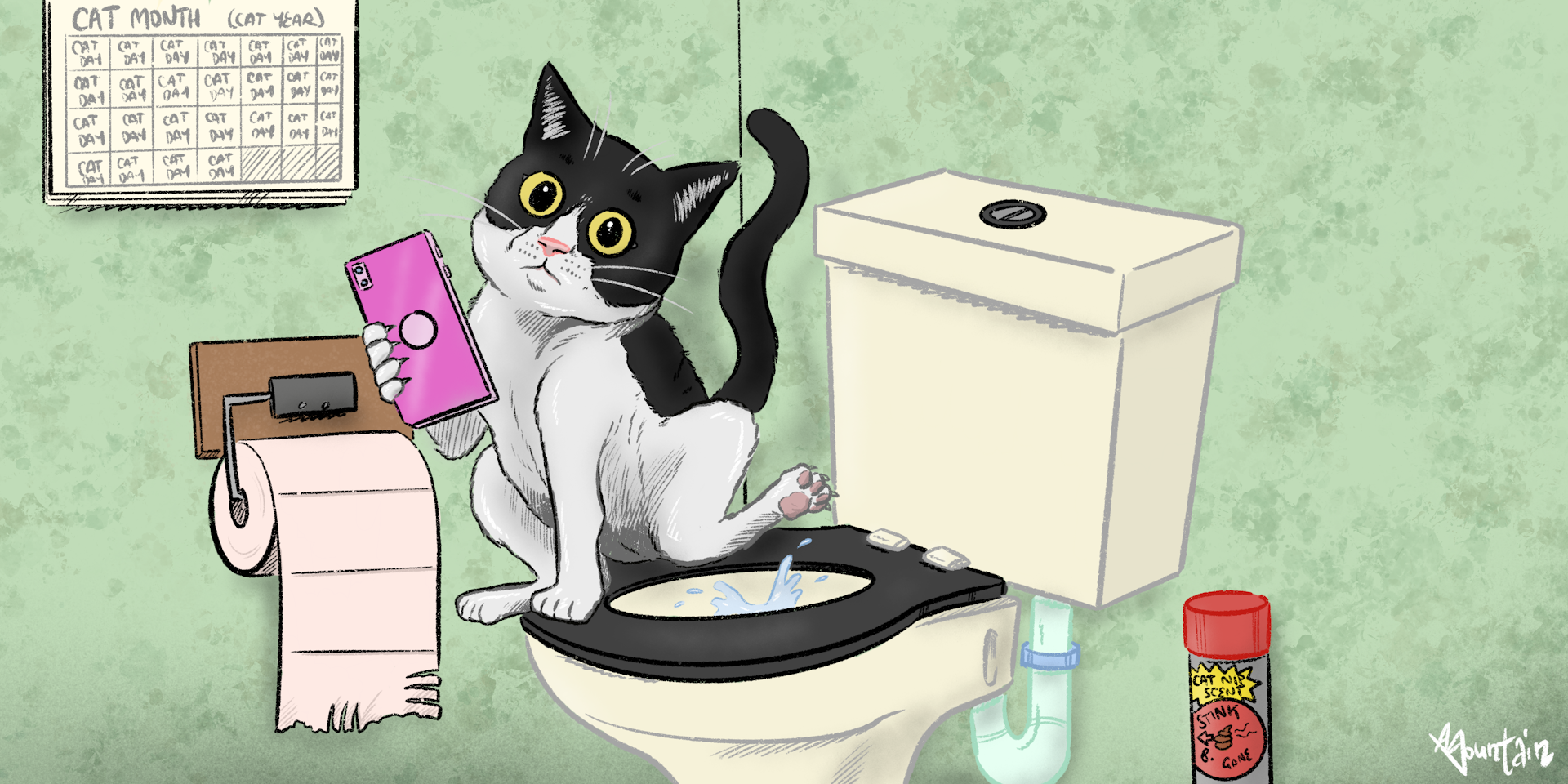Just how do you feel in regards to Can You Flush Cat Poo or Litter Down the Toilet??

Introduction
As pet cat owners, it's vital to bear in mind just how we deal with our feline pals' waste. While it may seem convenient to purge cat poop down the bathroom, this method can have destructive effects for both the atmosphere and human wellness.
Ecological Impact
Purging cat poop introduces hazardous virus and bloodsuckers right into the water, posing a substantial threat to marine environments. These impurities can adversely influence aquatic life and concession water top quality.
Wellness Risks
In addition to environmental worries, flushing cat waste can also present health and wellness dangers to people. Feline feces may contain Toxoplasma gondii, a bloodsucker that can create toxoplasmosis-- a possibly severe health problem, particularly for expectant females and people with damaged body immune systems.
Alternatives to Flushing
Thankfully, there are much safer and more liable methods to throw away feline poop. Consider the adhering to choices:
1. Scoop and Dispose in Trash
The most typical method of dealing with pet cat poop is to scoop it right into a naturally degradable bag and throw it in the garbage. Make sure to use a specialized trash scoop and dispose of the waste immediately.
2. Usage Biodegradable Litter
Select biodegradable feline litter made from products such as corn or wheat. These trashes are environmentally friendly and can be safely disposed of in the garbage.
3. Bury in the Yard
If you have a backyard, think about burying feline waste in a designated location away from veggie gardens and water resources. Be sure to dig deep enough to stop contamination of groundwater.
4. Set Up a Pet Waste Disposal System
Invest in a pet garbage disposal system particularly developed for pet cat waste. These systems make use of enzymes to break down the waste, decreasing smell and environmental influence.
Verdict
Accountable pet dog ownership expands beyond supplying food and shelter-- it likewise involves correct waste management. By avoiding flushing cat poop down the commode and opting for alternate disposal approaches, we can reduce our ecological impact and safeguard human wellness.
Why Can’t I Flush Cat Poop?
It Spreads a Parasite
Cats are frequently infected with a parasite called toxoplasma gondii. The parasite causes an infection called toxoplasmosis. It is usually harmless to cats. The parasite only uses cat poop as a host for its eggs. Otherwise, the cat’s immune system usually keeps the infection at low enough levels to maintain its own health. But it does not stop the develop of eggs. These eggs are tiny and surprisingly tough. They may survive for a year before they begin to grow. But that’s the problem.
Our wastewater system is not designed to deal with toxoplasmosis eggs. Instead, most eggs will flush from your toilet into sewers and wastewater management plants. After the sewage is treated for many other harmful things in it, it is typically released into local rivers, lakes, or oceans. Here, the toxoplasmosis eggs can find new hosts, including starfish, crabs, otters, and many other wildlife. For many, this is a significant risk to their health. Toxoplasmosis can also end up infecting water sources that are important for agriculture, which means our deer, pigs, and sheep can get infected too.
Is There Risk to Humans?
There can be a risk to human life from flushing cat poop down the toilet. If you do so, the parasites from your cat’s poop can end up in shellfish, game animals, or livestock. If this meat is then served raw or undercooked, the people who eat it can get sick.
In fact, according to the CDC, 40 million people in the United States are infected with toxoplasma gondii. They get it from exposure to infected seafood, or from some kind of cat poop contamination, like drinking from a stream that is contaminated or touching anything that has come into contact with cat poop. That includes just cleaning a cat litter box.
Most people who get infected with these parasites will not develop any symptoms. However, for pregnant women or for those with compromised immune systems, the parasite can cause severe health problems.
How to Handle Cat Poop
The best way to handle cat poop is actually to clean the box more often. The eggs that the parasite sheds will not become active until one to five days after the cat poops. That means that if you clean daily, you’re much less likely to come into direct contact with infectious eggs.
That said, always dispose of cat poop in the garbage and not down the toilet. Wash your hands before and after you clean the litter box, and bring the bag of poop right outside to your garbage bins.
https://trenchlesssolutionsusa.com/why-cant-i-flush-cat-poop/

As an enthusiastic reader about How to Dispose of Cat Poop and Litter Without Plastic Bags, I thought sharing that article post was a good thing. Remember to take the time to share this write-up if you enjoyed it. We take joy in reading our article about How to Dispose of Cat Poop and Litter Without Plastic Bags.
Here